Marketing Funnel Optimization: Maximizing Conversion Rates and Revenue
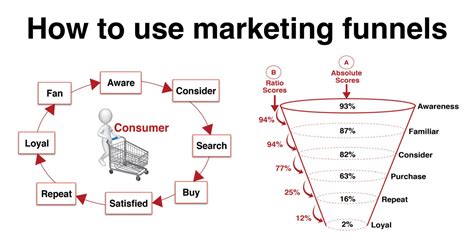
Marketing funnel optimization is a crucial aspect of any successful marketing strategy. It involves analyzing and improving each stage of the marketing funnel to maximize conversion rates and revenue. By understanding the customer journey and implementing effective strategies at each stage, businesses can significantly improve their marketing performance and drive more sales.
- Understanding the Marketing Funnel
- The Importance of Marketing Funnel Optimization
- Maximizing Conversion Rates
- Improving Customer Experience
- Increasing Revenue
- Strategies for Marketing Funnel Optimization
- 1. Targeted Advertising
- 2. Compelling Content
- 3. Personalization
- 4. Streamlined User Experience
- 5. Effective Call-to-Action
- 6. A/B Testing
- 7. Lead Nurturing
- Measuring and Analyzing Funnel Performance
- Conversion Rate
- Customer Lifetime Value (CLV)
- Funnel Drop-off Rate
- Customer Feedback
- Conclusion
Understanding the Marketing Funnel
The marketing funnel is a visual representation of the customer journey, from the initial awareness stage to the final purchase. It consists of several stages, each with its own unique goals and challenges. The typical stages of the marketing funnel include:
- Awareness: This is the top of the funnel, where potential customers become aware of your brand or product.
- Interest: At this stage, potential customers show interest in your offering and start considering it as a solution to their needs.
- Desire: In this stage, potential customers develop a strong desire for your product or service and actively seek more information.
- Action: The final stage of the funnel, where potential customers make a purchase or take the desired action.
The Importance of Marketing Funnel Optimization
Marketing funnel optimization is essential for several reasons:
Maximizing Conversion Rates
By analyzing and optimizing each stage of the funnel, businesses can identify and address any barriers or obstacles that may prevent potential customers from progressing to the next stage. This can significantly increase conversion rates and ultimately lead to more sales.
Improving Customer Experience
Optimizing the marketing funnel involves understanding the customer journey and providing a seamless and personalized experience at each stage. By delivering relevant content and addressing customer pain points, businesses can enhance the overall customer experience and build stronger relationships.
Increasing Revenue
By improving conversion rates and customer experience, businesses can ultimately increase their revenue. A well-optimized marketing funnel ensures that potential customers are guided through the buying process efficiently and effectively, resulting in more sales and higher revenue.
Strategies for Marketing Funnel Optimization
There are several strategies businesses can implement to optimize their marketing funnel:
1. Targeted Advertising
Effective targeting is crucial for attracting the right audience to the top of the funnel. By understanding your target market and creating targeted advertising campaigns, businesses can ensure that their message reaches the right people at the right time.
2. Compelling Content
Creating high-quality and engaging content is essential for capturing and maintaining the interest of potential customers. Businesses should focus on providing valuable information, addressing customer pain points, and showcasing the unique benefits of their product or service.
3. Personalization
Personalization is key to delivering a tailored experience to potential customers. By leveraging customer data and implementing personalization strategies, businesses can provide relevant content and offers that resonate with individual needs and preferences.
4. Streamlined User Experience
A seamless and user-friendly website or landing page is crucial for guiding potential customers through the marketing funnel. Businesses should focus on optimizing website speed, navigation, and overall user experience to minimize friction and maximize conversions.
5. Effective Call-to-Action
A clear and compelling call-to-action (CTA) is essential for encouraging potential customers to take the desired action. Businesses should ensure that their CTAs are prominently displayed, easy to understand, and aligned with the goals of each stage of the funnel.
6. A/B Testing
A/B testing involves comparing two versions of a webpage or marketing campaign to determine which one performs better. By testing different elements such as headlines, images, and CTAs, businesses can identify the most effective strategies and optimize their marketing funnel accordingly.
7. Lead Nurturing
Lead nurturing involves building relationships with potential customers and guiding them through the marketing funnel. By providing valuable content, personalized communication, and timely follow-ups, businesses can nurture leads and increase the likelihood of conversion.
Measuring and Analyzing Funnel Performance
Measuring and analyzing funnel performance is crucial for identifying areas of improvement and optimizing marketing strategies. Businesses can use various metrics and tools to track the performance of each stage of the funnel, including:
Conversion Rate
The conversion rate measures the percentage of potential customers who take the desired action at each stage of the funnel. By tracking conversion rates, businesses can identify bottlenecks and implement strategies to improve performance.
Customer Lifetime Value (CLV)
CLV measures the total revenue generated by a customer throughout their relationship with a business. By understanding the CLV, businesses can allocate resources more effectively and focus on acquiring and retaining high-value customers.
Funnel Drop-off Rate
The funnel drop-off rate measures the percentage of potential customers who abandon the funnel at each stage. By analyzing drop-off rates, businesses can identify areas of friction or dissatisfaction and implement strategies to reduce drop-offs.
Customer Feedback
Collecting customer feedback through surveys, interviews, or social media can provide valuable insights into the customer experience and highlight areas for improvement. By listening to customer feedback, businesses can make data-driven decisions and optimize their marketing funnel accordingly.
Conclusion
Marketing funnel optimization is a continuous process that requires a deep understanding of the customer journey and effective strategies at each stage. By implementing targeted advertising, compelling content, personalization, streamlined user experience, effective CTAs, A/B testing, and lead nurturing, businesses can maximize conversion rates and revenue. Measuring and analyzing funnel performance through metrics such as conversion rate, CLV, funnel drop-off rate, and customer feedback is crucial for identifying areas of improvement and optimizing marketing strategies. By continuously optimizing the marketing funnel, businesses can drive more sales, improve customer experience, and achieve long-term success.
Learn More :
 Marketing Automation Tools: Revolutionizing the Way Businesses Connect with Customers
22 December 2023 by Admin
Marketing Automation Tools: Revolutionizing the Way Businesses Connect with Customers
22 December 2023 by Admin
In today's digital age, businesses are constantly seeking innovative ways to streamline their marketing efforts and connect with customers more effectively. One such solution that has gained significa...
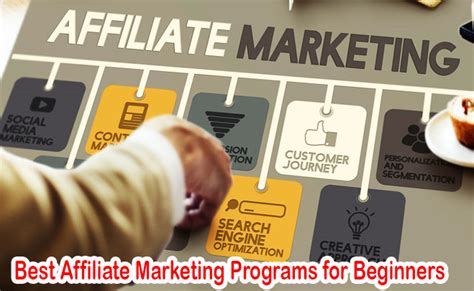 Affiliate Marketing Programs: A Comprehensive Guide
22 December 2023 by Admin
Affiliate Marketing Programs: A Comprehensive Guide
22 December 2023 by Admin
Affiliate marketing programs have gained immense popularity in recent years as a lucrative way for individuals and businesses to earn passive income. This comprehensive guide will provide you with an ...
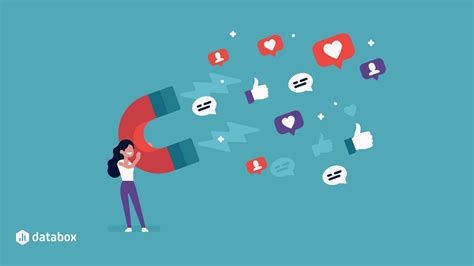 Influencer Marketing Campaigns: A Powerful Strategy for Brand Promotion
22 December 2023 by Admin
Influencer Marketing Campaigns: A Powerful Strategy for Brand Promotion
22 December 2023 by Admin
In today's digital age, influencer marketing has emerged as one of the most effective strategies for brand promotion. With the rise of social media platforms, influencers have gained significant popul...
![The Complete List of Types of Marketing [30+ Effective Strategies]](/image/blogihisinfo/Video-marketing-strategies.jpg) Video Marketing Strategies: Boosting Your Business with Visual Content
22 December 2023 by Admin
Video Marketing Strategies: Boosting Your Business with Visual Content
22 December 2023 by Admin
In today's digital age, video marketing has become an essential tool for businesses to reach and engage with their target audience. With the rise of social media platforms and the increasing popularit...
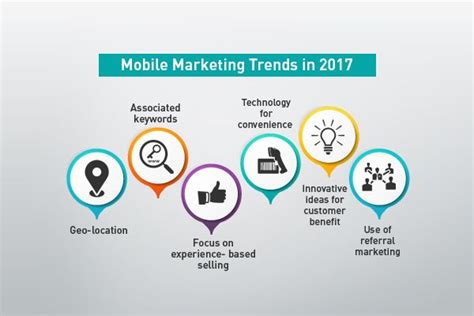 Mobile Marketing Trends: The Future of Digital Advertising
22 December 2023 by Admin
Mobile Marketing Trends: The Future of Digital Advertising
22 December 2023 by Admin
Mobile marketing has become an essential part of any successful digital advertising strategy. With the increasing use of smartphones and tablets, businesses are realizing the importance of reaching th...
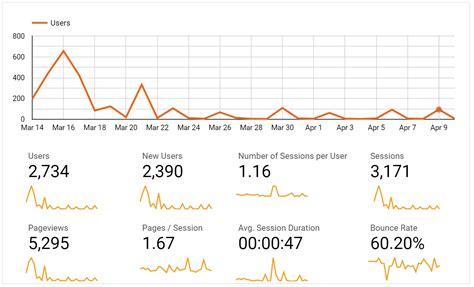 Digital Marketing Analytics: Unlocking the Power of Data
22 December 2023 by Admin
Digital Marketing Analytics: Unlocking the Power of Data
22 December 2023 by Admin
In today's digital age, businesses are constantly seeking ways to gain a competitive edge. One of the most effective strategies is leveraging digital marketing analytics to make data-driven decisions....
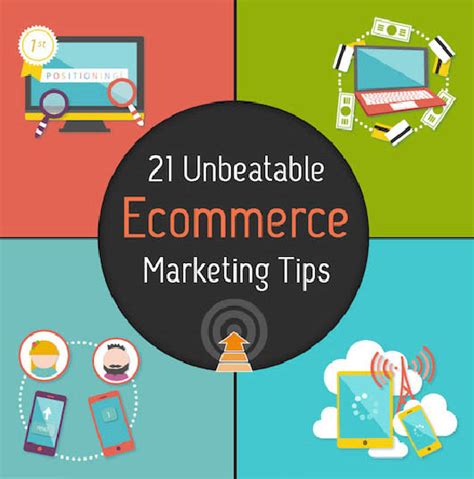 E-commerce Marketing: Boosting Your Online Business
22 December 2023 by Admin
E-commerce Marketing: Boosting Your Online Business
22 December 2023 by Admin
E-commerce marketing has become an essential strategy for businesses looking to thrive in the digital age. With the rise of online shopping, it is crucial for companies to establish a strong online pr...
 Email Marketing Solutions: Boosting Your Business with Effective Communication
22 December 2023 by Admin
Email Marketing Solutions: Boosting Your Business with Effective Communication
22 December 2023 by Admin
In today's digital age, email marketing has become an essential tool for businesses to reach out to their target audience and promote their products or services. With the right email marketing solutio...
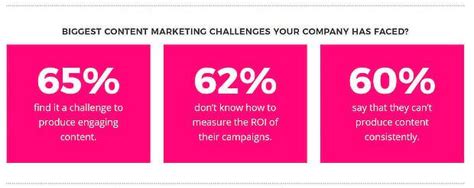 Content Marketing Strategy: A Comprehensive Guide
22 December 2023 by Admin
Content Marketing Strategy: A Comprehensive Guide
22 December 2023 by Admin
Content marketing has become an essential component of any successful marketing strategy. It involves creating and distributing valuable, relevant, and consistent content to attract and retain a clear...
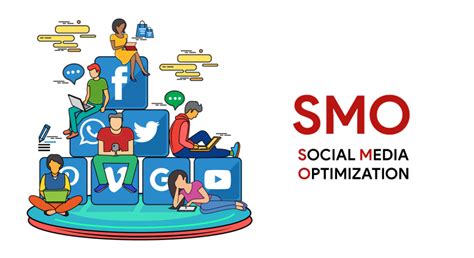 Social Media Marketing Agency: Boosting Your Online Presence
22 December 2023 by Admin
Social Media Marketing Agency: Boosting Your Online Presence
22 December 2023 by Admin
In today's digital age, social media has become an integral part of our lives. It has transformed the way we communicate, connect, and consume information. With billions of active users on various soc...
-services.jpg) Search Engine Optimization (SEO) Services: Boosting Your Online Presence
22 December 2023 by Admin
Search Engine Optimization (SEO) Services: Boosting Your Online Presence
22 December 2023 by Admin
Search Engine Optimization (SEO) services have become an essential part of any successful online marketing strategy. In today's digital age, having a strong online presence is crucial for businesses t...
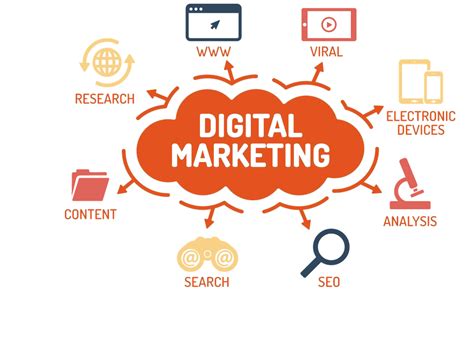 The Importance of Digital Marketing Services
22 December 2023 by Admin
The Importance of Digital Marketing Services
22 December 2023 by Admin
In today's digital age, businesses need to have a strong online presence in order to stay competitive. This is where digital marketing services come into play. Digital marketing encompasses a wide ran...
 The Rise of Big Data Analyst Jobs
22 December 2023 by Admin
The Rise of Big Data Analyst Jobs
22 December 2023 by Admin
In today's digital age, data has become one of the most valuable assets for businesses. With the increasing amount of information being generated every second, companies are now turning to big data an...
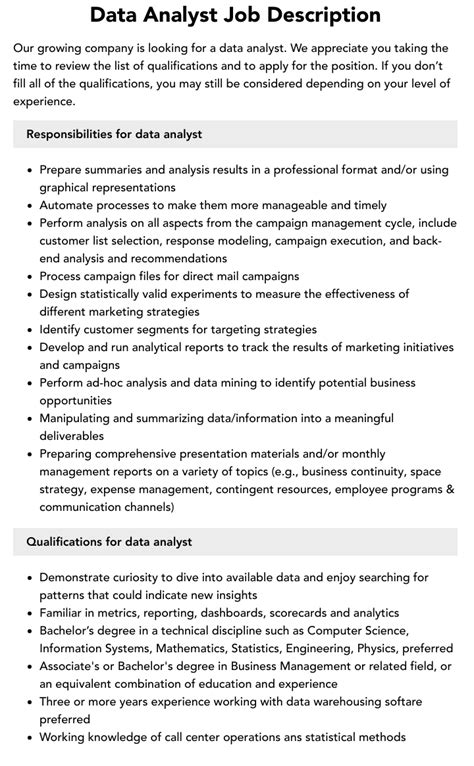 The Job Description of a Big Data Analyst
22 December 2023 by Admin
The Job Description of a Big Data Analyst
22 December 2023 by Admin
Big data has become an integral part of many industries, and companies are increasingly relying on data analysis to make informed decisions. As a result, the demand for big data analysts has grown sig...
 Big Data Analyst in Southwest
22 December 2023 by Admin
Big Data Analyst in Southwest
22 December 2023 by Admin
Big data has become an integral part of businesses across various industries. It refers to the massive volume of structured and unstructured data that organizations collect on a daily basis. This data...
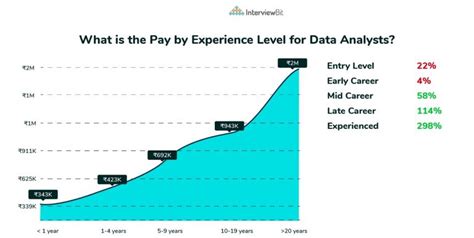 The Salary of a Big Data Analyst: Exploring the Lucrative Career Path
22 December 2023 by Admin
The Salary of a Big Data Analyst: Exploring the Lucrative Career Path
22 December 2023 by Admin
Big data has become an integral part of modern businesses, and the demand for skilled professionals who can analyze and interpret this vast amount of information is on the rise. One such profession th...
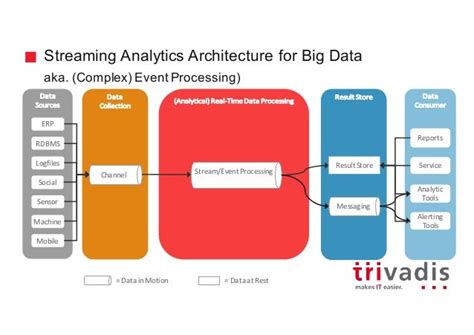 Big Data Analytics Architecture: Unlocking the Power of Data
22 December 2023 by Admin
Big Data Analytics Architecture: Unlocking the Power of Data
22 December 2023 by Admin
Big data analytics has emerged as a game-changer in today's data-driven world. With the exponential growth of data, organizations are realizing the need to harness the power of big data to gain valuab...
 Big Data Engineer vs Big Data Analyst: Understanding the Roles and Responsibilities
22 December 2023 by Admin
Big Data Engineer vs Big Data Analyst: Understanding the Roles and Responsibilities
22 December 2023 by Admin
In today's digital age, data has become the lifeblood of businesses across industries. The ability to collect, analyze, and derive insights from large volumes of data has become crucial for organizati...
 How to Become a Big Data Analyst
22 December 2023 by Admin
How to Become a Big Data Analyst
22 December 2023 by Admin
Big data has become an integral part of many industries, and the demand for skilled big data analysts is on the rise. These professionals are responsible for analyzing large sets of data to uncover pa...
 Big Data Analytics: Definition and Importance
22 December 2023 by Admin
Big Data Analytics: Definition and Importance
22 December 2023 by Admin
Big data analytics refers to the process of examining large and complex datasets to uncover hidden patterns, correlations, and other valuable insights. It involves the use of advanced analytics techni...
 Big Data Analytics Companies: Revolutionizing Data-driven Decision Making
22 December 2023 by Admin
Big Data Analytics Companies: Revolutionizing Data-driven Decision Making
22 December 2023 by Admin
In today's digital age, data is being generated at an unprecedented rate. From social media posts to online transactions, every interaction leaves a digital footprint. This massive amount of data, kno...
 Big Data Analytics Applications: Revolutionizing Industries
22 December 2023 by Admin
Big Data Analytics Applications: Revolutionizing Industries
22 December 2023 by Admin
Big data analytics has emerged as a game-changer in various industries, revolutionizing the way businesses operate and make decisions. With the exponential growth of data in today's digital world, org...
 Big Data Analyst at Southwest Airlines
22 December 2023 by Admin
Big Data Analyst at Southwest Airlines
22 December 2023 by Admin
Southwest Airlines is one of the largest low-cost carriers in the world, serving millions of passengers each year. With a commitment to providing excellent customer service and affordable travel optio...
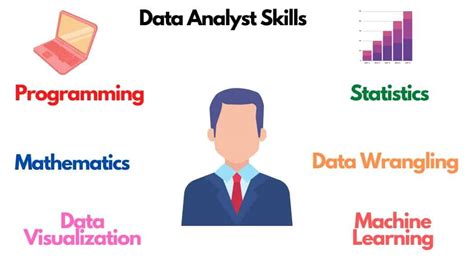 The Importance of Big Data Analyst Certification
22 December 2023 by Admin
The Importance of Big Data Analyst Certification
22 December 2023 by Admin
In today's digital age, data has become one of the most valuable assets for businesses. The ability to collect, analyze, and interpret large volumes of data has become crucial for making informed busi...
 Senior Big Data Analyst Certification: Unlocking the Power of Data
22 December 2023 by Admin
Senior Big Data Analyst Certification: Unlocking the Power of Data
22 December 2023 by Admin
In today's digital age, data has become the new currency. Organizations across industries are collecting vast amounts of data, but the real value lies in the ability to analyze and derive insights fro...